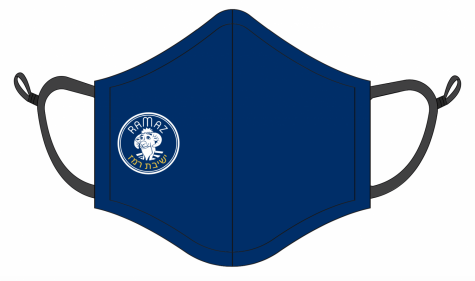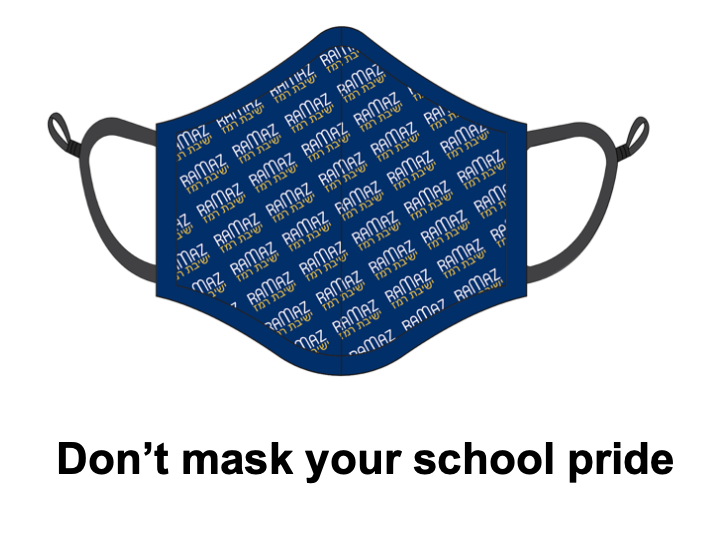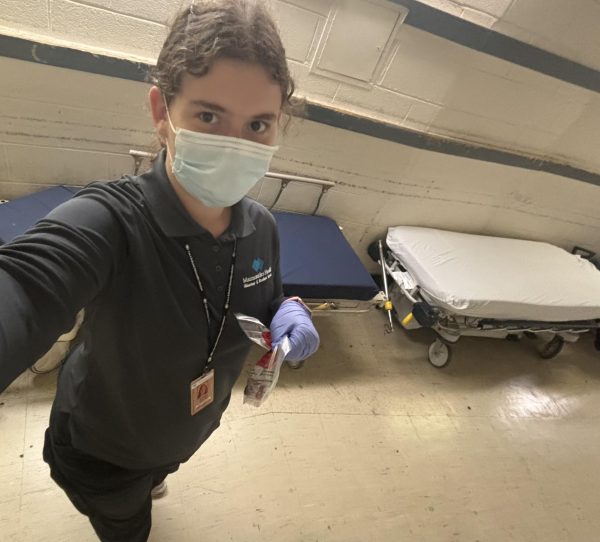Revealing Cover-up
“Cellphone, keys, mask.” When sprinting out the door, looping a mask over your ears has become as habitual as throwing on a coat; it is the armor of every cautious citizen hoping to evade the coronavirus. People have relied on face-coverings to avoid infection throughout history. In the 17th century, physicians treated victims of the bubonic plague while wearing masks with a long, bird-like beak so as not to breathe in “poisoned air.” While this protective equipment may cover a good portion of your face and prevent you from showing off your favorite lipstick color, there is much to reveal when you don your facial gear of choice. Some feel more comfortable to express themselves when concealed – actors frequently perform stage exercises in masks to loosen up in front of an audience.
Facial coverings have also become a fashion statement, conveying your personality and style. Some reach for the scarf hanging in their closet, while others sport paisley and floral printed designs to match the season. A personal favorite is the homemade bandana mask because it is multifunctional and environmentally friendly; it is washable and reusable. “It’s surprising how quickly it’s normalized to use masks in the same way one would wear a t-shirt with a slogan on it,” said David Gitelman ’22. With a slew of trendy veils available on the market, it might be tempting to snag the latest designs, but you can create your own chic mask with a few folds of fabric and hair ties – no sewing required! Those looking for more extreme protection can opt for the classic, clinical, medical masks. These have pleats that can be expanded to better fit your face and trap droplets when you sneeze or cough.
Whichever mask you choose, what are you concealing, or revealing? Luckily, we can hide our braces, but we can also open up. “Wearing a mask really forces me to look people in the eye when they are speaking to me,” said Arielle Levy ’21. Others think the physical barrier hinders communication. Gitelman said, “It stifles human interaction. Whenever you talk to someone wearing a mask you always have little alarm bells going off unconsciously, telling you to back up and keep it brief.”
Now that we are coming back in the Ramaz building, how will this change our school culture? GO apparel release of blue and yellow masks? Less talking during davening? Successfully chewing gum in Dr. Gaylord’s class? With a greater emphasis on the upper half of your face, no longer can you purse your lips in annoyance to get the supermarket line to sp eed up. “It’s harder to pick up on social cues because we can’t see peoples’ facial expressions,” Gitelman said. The eyes and eyebrows are pivotal to properly emote, so it is the perfect time to perfect your “smize” for bathroom selfies. Yet, maybe you want to hide your expression. “At least no one will see my nervous face as I try to navigate the building,” said an anonymous freshman.
eed up. “It’s harder to pick up on social cues because we can’t see peoples’ facial expressions,” Gitelman said. The eyes and eyebrows are pivotal to properly emote, so it is the perfect time to perfect your “smize” for bathroom selfies. Yet, maybe you want to hide your expression. “At least no one will see my nervous face as I try to navigate the building,” said an anonymous freshman.

Samantha is a passionate journalist and loves writing for The Rampage because it is a window into the life of the student body that honestly reports true...



